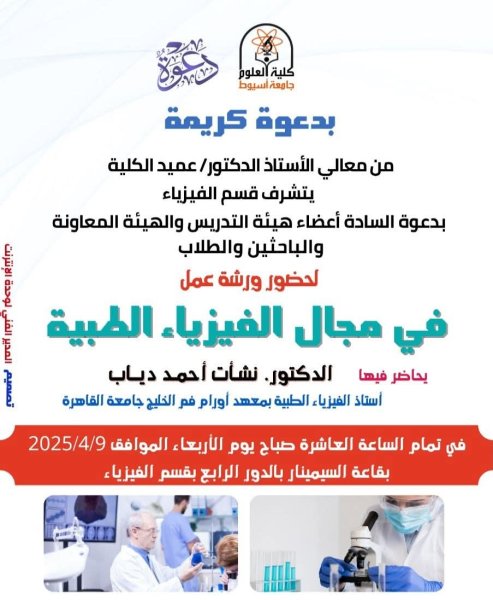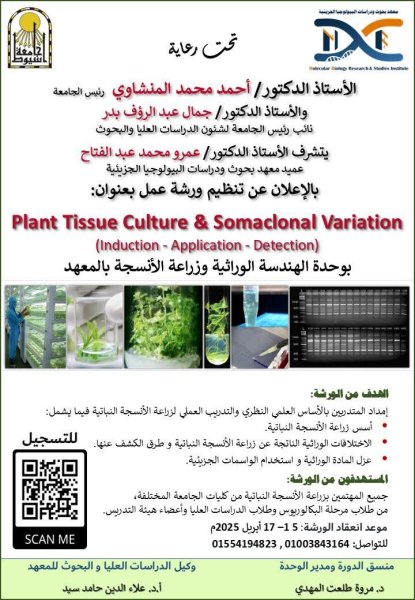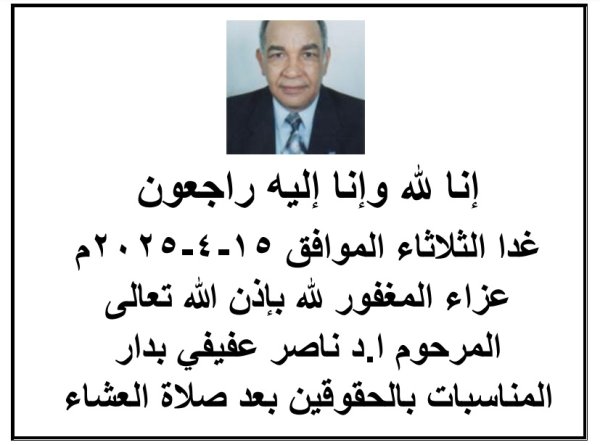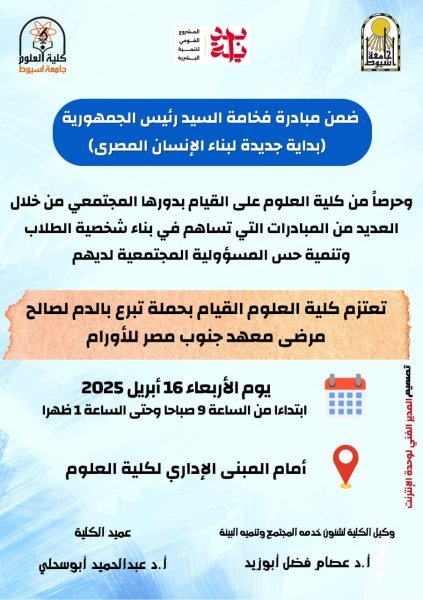
Hexavalent chromium ion removal from wastewater using novel nanocomposite based on the impregnation of zero-valent iron nanoparticles into polyurethane foam
Multifunctionalized zirconium-based MOF as a novel support for dispersed copper: application in CO2 adsorption and catalytic conversion
Green Supercritical CO2 Synthesis of [Copper Clusters@FeBTC]@rGO Catalyst for Highly Efficient Hydrogenation of CO2 to Methanol
Impact of gamma and electron-beam irradiations on the thermal dehydration process of europium acetate hydrate
Abstract: Themain goal of thiswork is to study the effect of
irradiation on the thermal behavior of europium acetate
hydrate. Exposure to gamma and electron beam irradiation
significantly altered the kinetic triplets (Ea, lnA, f(α)) and
thermodynamic parameters. Integral and differential
linear isoconversional methods were applied to determine
activation energy, Ea, and pre-exponential component, A, of
the dehydration process. The Vyazovkin non-linear isoconversional
method was used in parallel to the linear
method for comparison. In the gamma and electron-beamirradiated
material, the dehydration proceeded by one
thermal step. A synergistic combination of both nucleation
sites and electron beam enhances the dehydration process,
as indicated by a decrease in the values of Ea by increasing
the degree of conversion, which results in a lower value of
Ea (113.681 kJ/mol) compared to gamma-irradiated material,
which shows retardation of the decomposition and rising
value of Ea (120.601 kJ/mol) of the dehydration. The Ozawa’s
generalized time and Málek equations were employed to
determine the mechanism models (R2) and (F1) for gamma
and electron-beam-irradiated materials, respectively. The
kinetic and thermodynamic parameters were compared
with those for un-irradiated material.
Pairwise Generalized Semi Operation Continuous Mappings
Our aim of this paper is to continue the study of operations on generalized
semi open sets in bitopological spaces which was initiated in 2024 by
Khedr. New types of pairwise continuous and pairwise irresolute mappings
between two bitopological spaces by the concept of operations on
generalized semi open sets are introduced with some of their properties and
the relation between them are studied. Firstly, we introduce two concepts of
pairwise generalized semi operation continuous mappings between two
bitopological spaces with some of their properties and study the relation
between them. Secondly, we introduce two concepts of pairwise generalized
semi operation irresolute mappings between two bitopological spaces with
some of their properties and study the relation between them. Finally, we
introduce the notions of pairwise generalized semi operation closed
mappings and pairwise generalized semi operation open mappings between
two bitopological spaces and study some results and theorems.







